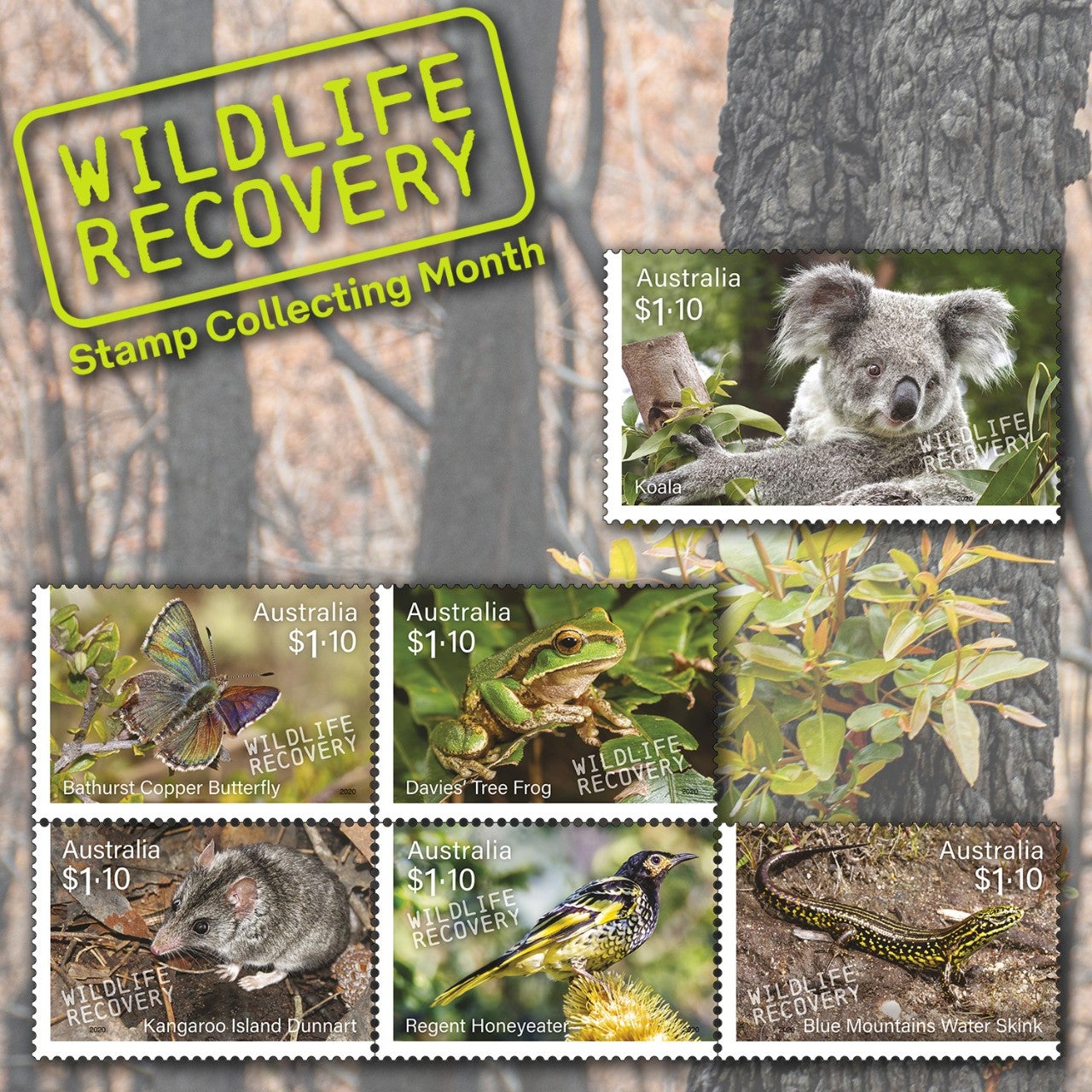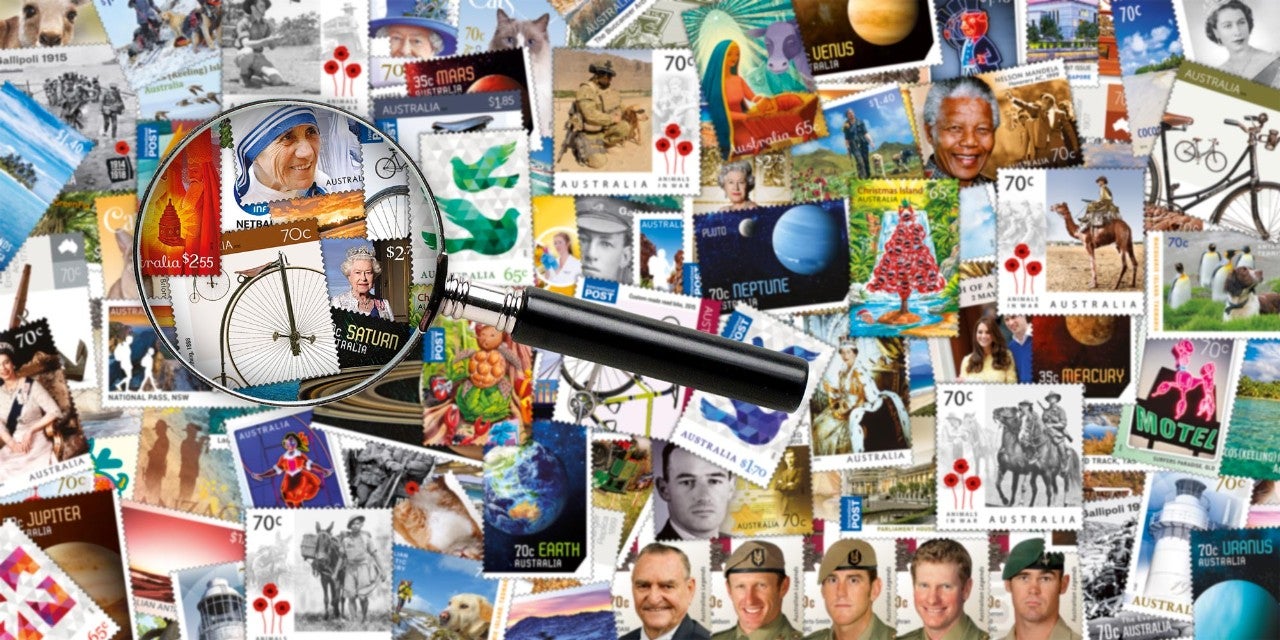
Fun family activities you can do at home
Looking to keep the kids entertained during lockdown, or simply looking for an activity to do as a family. Check out our family guide for some fun home activities.
More than 80 per cent of our native wildlife species are endemic, meaning that they occur naturally nowhere else in the world. The reason for this has ancient origins. Once part of the supercontinent Gondwana, Australia, as it later became known, first separated off as a landmass with Antarctica, and then split from Antarctica to drift north. Our continent’s island form meant that species could develop and evolve in isolation, becoming both unique and endemic.


We want this year’s Stamp Collecting Month to encourage a lifelong passion for Australian wildlife. Alongside the wonderful stamps, the teaching resources we’ve developed will encourage education, literacy and a sharing of knowledge about the threats that our wildlife face.
Nicole Sheffield,
Australia Post Executive General Manager Community and Consumer

Australia does not have a good record when it comes to extinctions, which is why wildlife conservation is so important. Many native animal species have gone for good, with the Tasmanian Tiger perhaps being our well-known loss. There are many reasons for extinction, such as habitat destruction (loss of an animal’s home environment), introduced predators (animal species from elsewhere that kill native wildlife or force it out of its home territory), land use and climate change. The devastating bushfires that destroyed so much bushland last summer increased the risk to many species, with more than 300 threatened species directly in the path of the fires.
Wildlife conservation means taking action to protect animals and their habitats, and to help animals that are at risk to recover. As a result of the recent fires, the federal government’s Wildlife and Threatened Species Bushfire Recovery Expert Panel identified many animal species – currently 310 – across different groups (mammals, marsupials, reptiles, fish, insects etc.) in need of immediate help. They were recognised as being particularly at risk because of their level of endangerment before the bushfires; the extent to which their habitat has been burnt; and characteristics that make them particularly vulnerable to fire, such as being slow moving or dependent on moist environments.

The animals featured in the stamps for this year’s Stamp Collecting Month were all identified by the expert panel. We encourage you to learn about these precious species, and to take up the challenge of becoming champions for wildlife, supporting conservation in Australia.
If you’re a parent, caregiver or teacher, here are some free resources to share with children. Want some more advice on stamp collecting? Read our tips on starting a collection.

Looking to keep the kids entertained during lockdown, or simply looking for an activity to do as a family. Check out our family guide for some fun home activities.

Pen pal letter writing is a fun, creative and rewarding way for your students to practice literacy and communication. Use our lesson plans, sample templates and/or join our Pen Pal Club to get started.

Check out our three lesson plans on how students can learn about the history and creation of stamps.

![SCM2020 Wildlife Recovery Stage 2 Activity Guide [PDF download]](/adobe/dynamicmedia/deliver/dm-aid--c8bc8be0-76b9-4f15-b599-ff4928116d10/scm2020-lesson-plans.png?quality=85&preferwebp=true)










